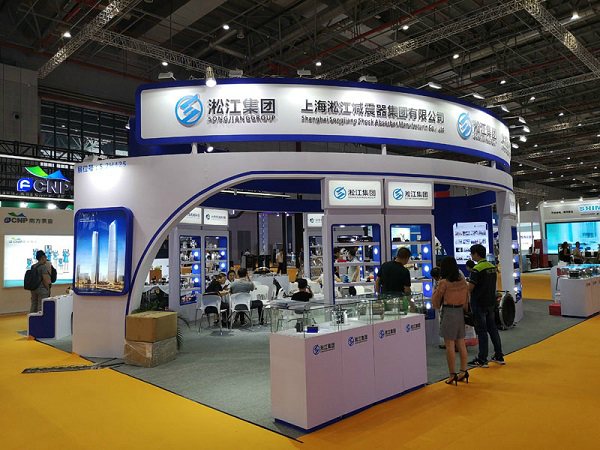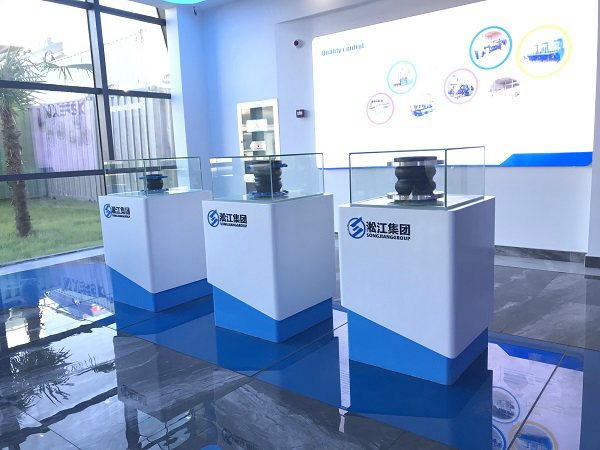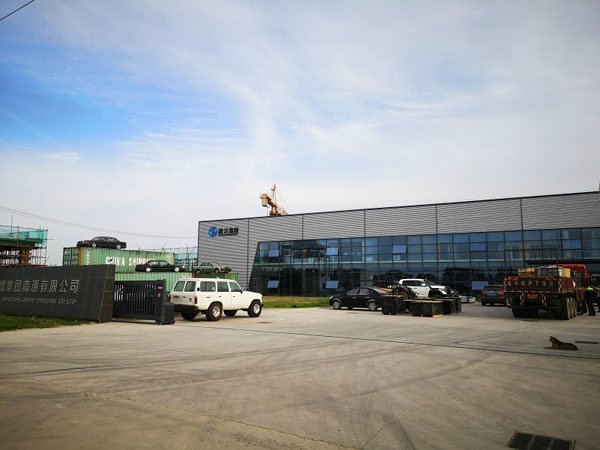‘High-Temperature 200°C’ Clamp-Type Rubber Expansion Joint tailored for power plant fan applications
The official website of Shanghai Songjiang Vibration Absorber Group Co., Ltd. introduces information about the ‘High-Temperature 200°C’ Clamp-Type Rubber Expansion Joint tailored for power plant fan applications. Songjiang Group customizes a dedicated rubber expansion joint for power plant fans, employing a clamp-type connection method. The rubber used is silicone rubber, capable of withstanding temperatures up to 200 degrees Celsius. Additionally, it effectively functions to reduce vibration and noise, providing excellent performance
The following are actual photographs of Songjiang Group’s clamp-type silicone rubber flexible joints. Please do not repost or modify. Thank you for your cooperation.





Power Plant Fan Introduction: A power plant refers to a facility that converts some form of primary energy into electricity for the power supply of fixed installations or transportation, such as thermal, hydraulic, steam, diesel, or nuclear power plants.
Thermal power generation utilizes the heat obtained from the combustion of fuels (coal, oil and its products, natural gas, etc.) to generate electricity. There are two main forms of power generation units in thermal power plants: one utilizes boilers to generate high-temperature and high-pressure steam to drive turbines, which in turn drive generators for power generation, known as steam turbine generator sets; the other involves fuel entering gas turbines to directly convert thermal energy into mechanical energy to drive generators for power generation, known as gas turbine generator sets. Thermal power plants typically refer to power plants with steam turbine generator sets.
A thermal power plant consists mainly of four key components: boiler, steam turbine, condenser, and generator. The combustion of fuel converts chemical energy into heat, heating water in the boiler to produce steam. The steam’s thermal energy propels the turbine to do work, converting thermal energy into mechanical energy. This mechanical energy is then transformed into electrical energy through the generator, completing the entire power generation process.
A fan is a mechanical device that relies on input mechanical energy to increase gas pressure and convey gas. It is a type of dynamic fluid machinery. In China, the term “fan” is a common abbreviation for machinery used in gas compression and gas transportation, including ventilation fans, blower fans, and wind turbines.
Fans are widely used for ventilation, dust removal, and cooling in factories, mines, tunnels, cooling towers, vehicles, ships, and buildings. They are employed for ventilation and induced draft in boilers and industrial furnaces, as well as for cooling and ventilation in air conditioning equipment and household appliances. Fans also play roles in grain drying and conveying, wind tunnel air sources, and the inflation and propulsion of hovercraft.
When a fan starts working, the vibration at the bearing position is initially minimal. However, with prolonged operation, dust inside the fan unevenly adheres to the impeller, gradually disrupting the dynamic balance of the fan. This imbalance leads to an increase in bearing vibration. Once the vibration reaches the maximum allowable value of 11mm/s (expressed in amplitude value), the fan must be shut down for maintenance (removing dust accumulation, redoing dynamic balancing). This is crucial because operating the fan under these conditions is extremely dangerous. When the fan vibration approaches the danger threshold, devices with vibration meters will issue warnings.




Related link:Clamp Rubber Expansion Joint










